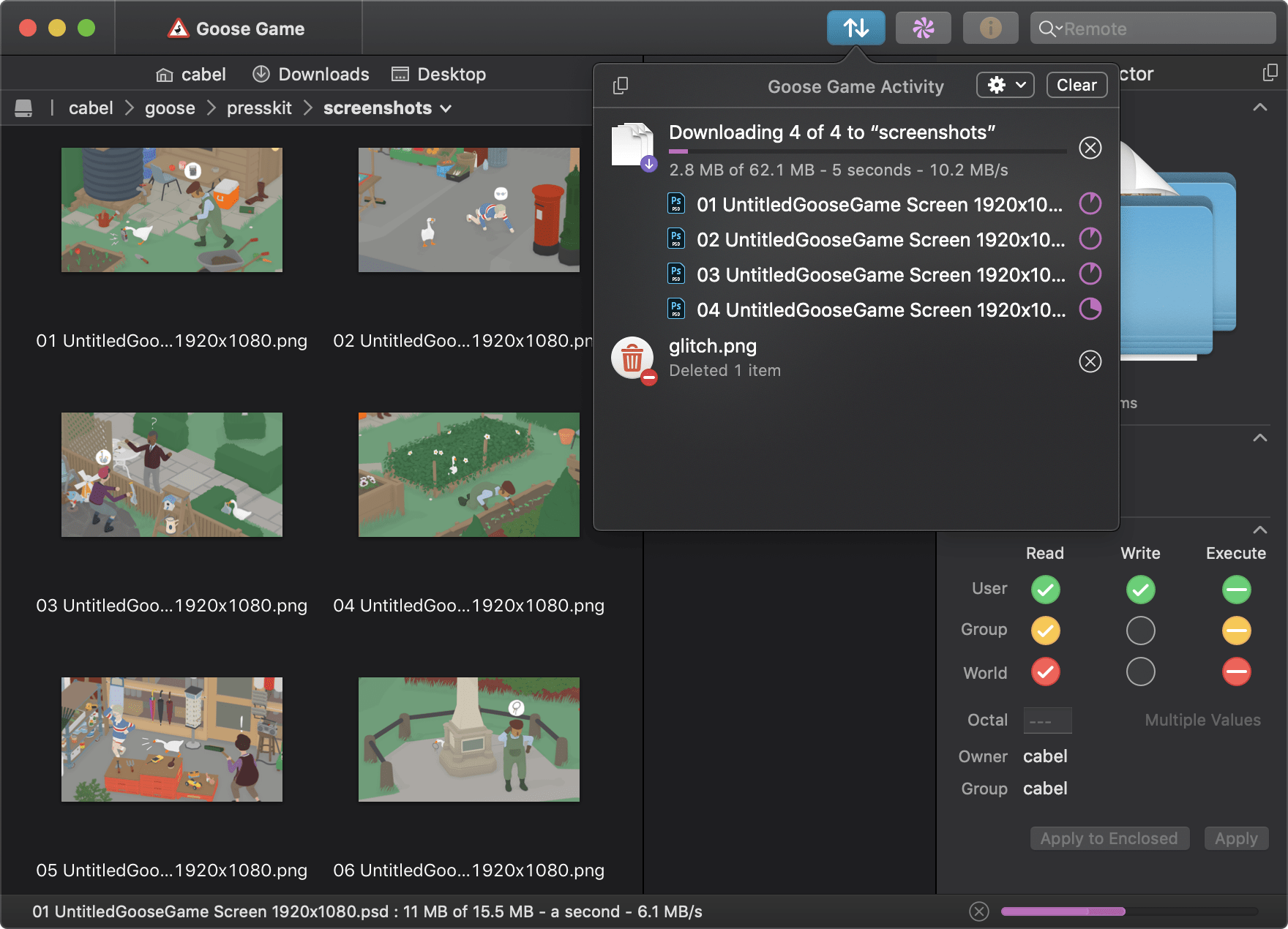
What you can’t do with the M1 and M2 Macs though, is output to 4K 120Hz over an HDMI cable. The same is true if you use a USB-C to DisplayPort adapter. If you output to a Thunderbolt or USB4-compatible monitor, you can leverage DisplayPort Alternative Mode to display at 4K 120Hz (as long as the monitor supports it). It limited the HDMI-Transport Stream over USB-C to That doesn’t affect other methods of video output using those same USB-C ports. However, Apple included a unique limitation for the USB-C ports on its M1 and M2 devices. They also feature many of the latest advances in wired and wireless connectivity, including support for Wi-Fi 6, USB4, and Thunderbolt 3 and 4. They’re super powerful, incredibly efficient, and still retain that excellent Apple build quality that helps them stand the test of time. The M1 and M2 MacBooks from Apple are some of the most exciting devices Apple has made in generations. 4K 120Hz Limitations with Apple M1 and M2

HDMI 2.1 is much more widely supported in the consumer display space, though, so this latest tweak makes 4K 120Hz on M1 and M2 Macs far more accessible. Indeed, if you have the right USB-C to DisplayPort adapter and a high-quality DisplayPort cable, it’s also possible to display 4K 120Hz from a MacBook to a DisplayPort-compatible monitor. That’s not to say this is the only way to get 4K 120Hz on a Mac. It’s great for MacBook gaming, and for enjoying sports and streamed media with great motion resolution. This opens up the potential to connect the latest Apple MacBooks to a range of TVs and monitors at the highest refresh rates. It’s even possible with older Intel MacBooks in some cases. With the right adapter, custom firmware only available from Cable Matters, and a high-quality HDMI 2.1 cable, you can output to a 4K 120Hz display with your MacBook. Want to run your M1 or M2 MacBook at 4K 120Hz over HDMI? It’s now possible thanks to an exclusive feature of Cable Matters products. Facebook Twitter Google + LinkedIn Pinterest Email Share.


 0 kommentar(er)
0 kommentar(er)
